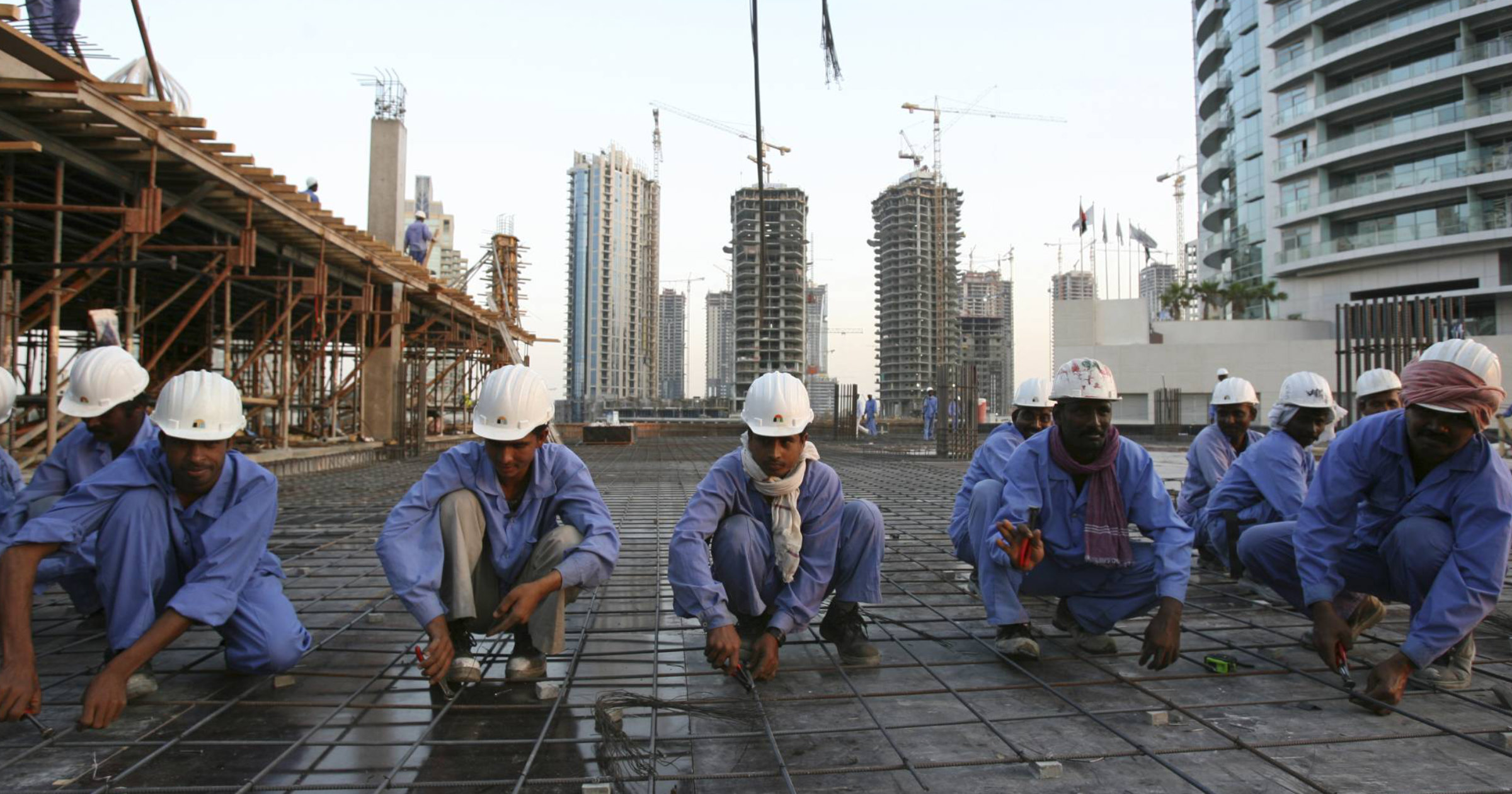The global flow of remittance is significant all over countries, thus including the south of Asia, as it is more significant than all other capital flows involved. The rural transformation does bolster further due to the effect of remittances on that of the rural areas. The reports of the World Bank of 2022 measure the inflows of remittances as highly recorded to be of Nigeria, the largest recipient country in the region. As so, there found a boom in remittance in support of strong economic activity in Europe and the United States. Nigeria gained a portion of the surge of 11.2 per cent due to programmes intended to channel inflows via the banking sector.
A study conducted by the World Bank on “Impact of Global Finances on Remittances” suggests that remittances are ordered to increase when there is a disaster or recession in the receiving household; since the COVID-19 pandemic, the impact was on both the recipient country and the sender one.
Dilip Ratha, a leading economist and scholar in international migration addresses the importance of remittance globally. He states, “The actual size of remittances, including both officially recorded and unrecorded transfers through informal channels, is even larger.” Remittances are viewed optimistically because it is the poor who move and send money home, which is thought to decrease poverty. Nevertheless, there are many who disagree with this viewpoint.
Remittances are also said to worsen inequality since only the wealthy have the means to send money home, which enriches the beneficiaries. These issues should be investigated on a micro and macro level utilizing inter statistics and survey data.
So, how beneficial can remittances be to the rural development and fintech industry? And the reason for it to be the most important than ever.
- A report by United Nations states, that one in nine people on the planet, or around 800 million people, get these financial transfers from family members who have moved abroad in search of employment. Approximately 1 billion individuals, or one in seven people worldwide, are currently associated with remittances, either by sending or receiving them. Also, these money transfer services frequently serve a stimulative function, remaining constant in the face of unfavourable circumstances in the receiving nations.
- A transformation in Fintech. The transition to more formal channels was made possible by the quick growth of Fintech and digital money transfer applications like G-pay, which have increased accessibility to and reduced the cost of remittances overall.
- Remittances can cover the last mile even during difficult times. This is made possible, among other things, by the usage of digital technology by migratory workers and their families.
- Because of the lack of transparency, consumers find it challenging to evaluate pricing and select the solution that best suits their needs. Consumers are calling for more transparency in remittances and money transfer services as fintech and digital remittances are popular. Remittances come with a variety of costs. These costs relate to the speed of the transfer, currency rates, charges for sending a particular amount of money, and how the recipient gets paid. Unfortunately, customers are not always completely aware of all the fees, whether hidden or not, they will be paid to perform a transfer. Exchange rates are typically considered to be hidden fees for conventional remittance players.
- Understanding the effects of development requires accurate statistics on remittances, but what is currently available is far from ideal. The size and duration of informal remittances are significant. But even documented statistics are insufficient.
- In rural regions, where 75% of the world’s impoverished and food insecure people dwell, remittances are transferred to homes by over 50% of the total. For the purpose of enhancing their quality of life, building resilience, and attaining the Sustainable Development Goal, rural families rely on these flows.
- Policymakers are increasingly aiming to promote higher formal remittances. In a sample of 45 developing nations, Pakistan and Bangladesh, where there was the greatest increase in remittances, along with Mexico, had only recently passed new remittance tax incentives. This one-time modification might be the cause of 2020’s high growth rate, say the World Bank reports.
- The cost of transmitting remittances from mobile to mobile is, according to the GSMA, over 44% less expensive than the global average, according to a study on mobile money remittance expenses. Additionally, it is predicted that the cost of transmitting remittances would eventually drop to less than 3% as a result of digital remittances.
- Millions of families throughout the world rely on the money that migrants send home as a lifeline during difficult times. Food on the table is provided through remittances, which also assists in covering costs associated with education and healthcare as well as unexpected events like crop loss.
- In addition to decreasing the cost of capital in the receiving nation, remittances help speed up the accumulation of both physical and human capital. Remittances’ beneficial effects on spending, saving, investing, and entrepreneurship provide a further avenue through which they support economic expansion.
In conclusion, remittances play a significant role in reducing poverty in developing countries. It is important to note that not all remittances are equally beneficial to the recipient country and that the impacts of remittances can be either positive or negative.






